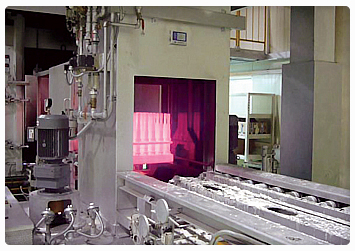

- Traditional case-hardening process in which carbon is dissolved in the surface layer of a low-carbon steel at a temperature sufficient to render the steel austenitic, followed by quenching and tempering to form martensitic microstructure.
- Carbonitriding hardens surface of steel by diffusing carbon and nitrogen simultaneously into steel in carburizing atmosphere with ammonia gas at around 850��C lower than typical carburizing temperature.
- It offers several advantages over carburizing, including low distortion, bigger resistance to softening during tempering and fatigue strength.
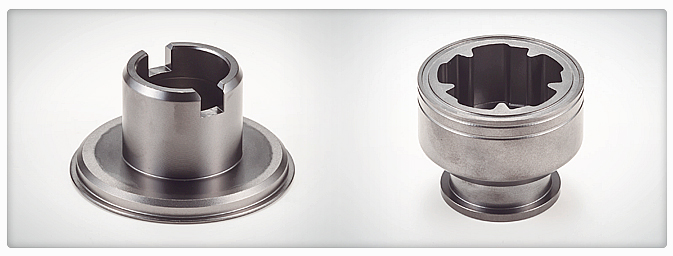
HARDNESS PROFILE BY CARBON CONTENT
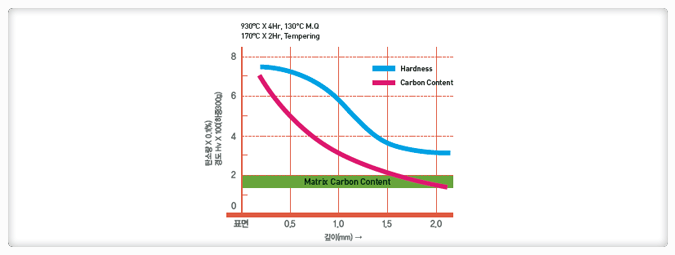
EXPECTED PROPERTY
- + Enhanced Wear & Shock resistance
- + Uniform case depth & Easy control
- + Carbonitriding
- - Less distorsion with lower process temp
- - Lower carbon steel(plates) enable
APPLICATION
- + Automotive parts
- + Industrial parts
- + Ship & aircraft parts


- Traditional case-hardening process in which carbon is dissolved in the surface layer of a low carbon steel at a temperature sufficient to render the steel austenitic, followed by quenching and tempering to form martensitic microstructure.
- Carbonitriding hardens surface of steel by diffusing carbon and nitrogen simultaneously into steel in carburizing atmosphere with ammonia gas at around 850℃ lower than typical carburizing temperature.
- It has several advantages such as low distortion, bigger resistance of softening during tempering, and fatigue strength over carburizing.

HARDNESS PROFILE BY CARBON CONTENT

EXPECTED PROPERTY
- + Enhanced Wear & Shock resistance
- + Uniform case depth & Easy control
- + Carbonitriding
- - Less distorsion with lower process temp
- - Lower carbon steel(plates) enable
APPLICATION
- + Automotive parts
- + Industrial parts
- + Ship & aircraft parts
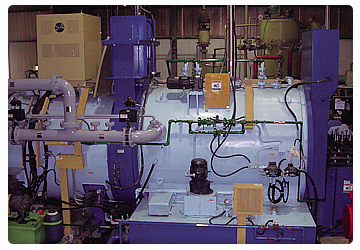

- Non-equilibrium, boost-diffusion carburizing process in which steel being processed is austenitized in a rough vacuum, carburized in a partial pressure of hydrocarbon gas, diffused in rough vacuum and then quenched with gas.
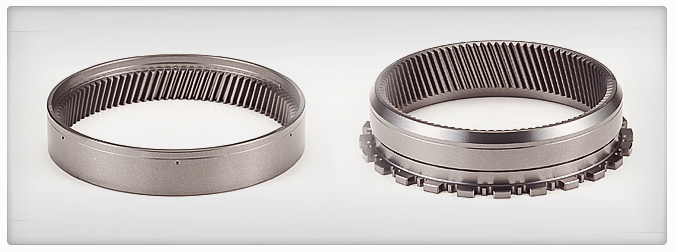
HARDNESS PROFILE BY CARBON CONTENT
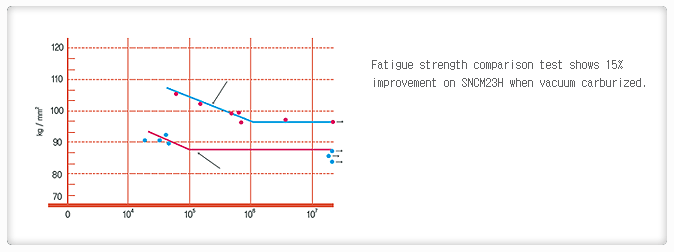
EXPECTED PROPERTY
- + No oxidation layer
- + High density carburazing
- + Enhanced fatigue strength
- + Clean(bright) product
- + Easy carburizing in small holes
- + Clean environment
APPLICATION
- + Automotive parts
- + industrial parts
- + ship & aircraft parts
- + Tool parts(SKD, SKH etc.)
- + Brazing











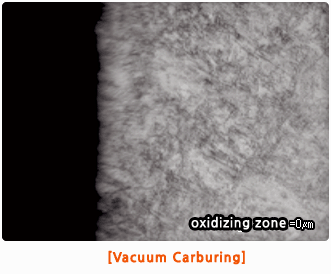
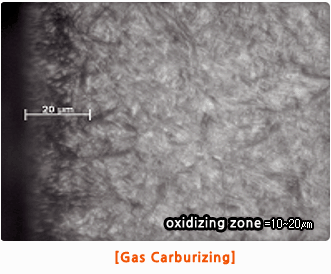
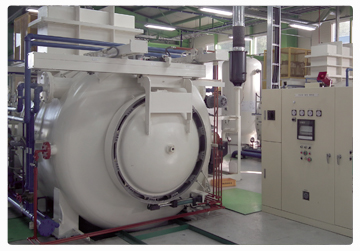


![Plot No. 126, Samathuvapuram, Mappedu, Ulundai[Post] Thiruvallr [TK && Dist] Tamilnadu, India Tel. +91-44-2769-9814 COPYRIGHTⓒ 2013 DONGWOO SURFACETECH(INDIA) Pvt.Ltd. ALL RIGHTS RESERVED.](../images/common/copyright.gif)